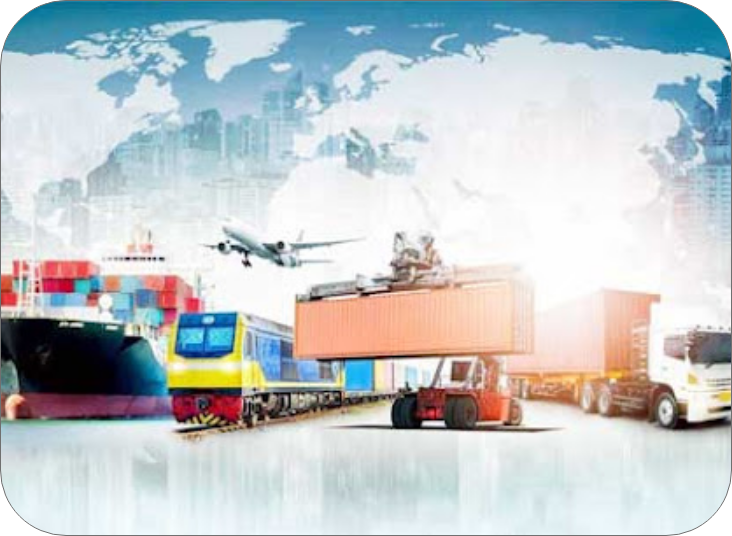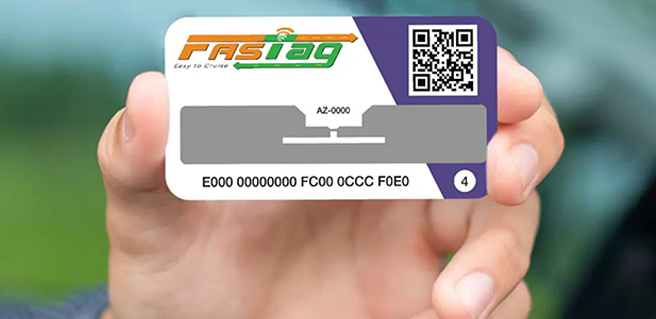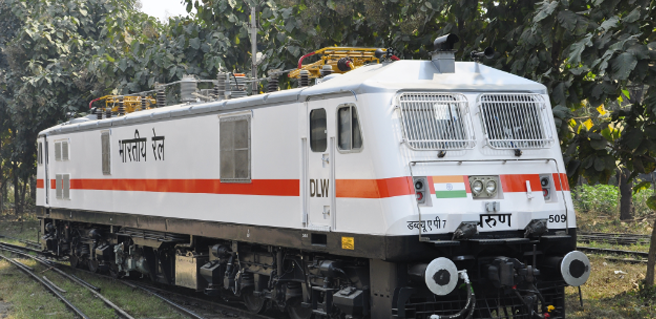In the past, logistics was a passive, cost absorbing function in an enterprise. Today, logistics is a highly strategic function, capable of providing a unique competitive advantage and a variety of other benefits. Hence, a wide range of value-added transport and warehouse management applications and services are now associated with the movement of goods from the material supplier to the manufacturer to the end customer.
With GS1 Standards, transportation and logistics teams gain more visibility by standardising information and automating its collection. Standards enable T&L teams to focus more on how to use information rather than how to get information.
Standards in Use
GS1 standards have played a vital role in the success of various projects. This includes:
















